Consumerism in 2022 and beyond is serious business.
Shoppers are inundated with options, which means competition among businesses can get pretty fierce.
According to research, you only have 15 seconds to wow a new website visitor before they potentially lose interest and leave.
That’s why your value proposition is so important – if you can’t prove your worth fast, you’ll unfortunately be left in the dust.
But what is a value proposition, and how do you go about ensuring that you’re nailing yours?
That’s just what we’ll do in this article.
I’ll define the term and walk you through 10 awesome brand value proposition examples. Then, I’ll give you some pointers on how to create a value proposition for your own business.
Let’s do this.



What Is Value Proposition?
In a nutshell, your value proposition is a succinct explanation or illustration of why a customer should do business with you.
Your value proposition should cover three elements:
- The promise of what you’ll deliver to your customers
- The benefits that your customers will reap
- Why they should choose you over your competition
There’s no “correct” approach to creating a value proposition.
But there’s a big rule to follow: your business value proposition should be among the first things website visitors see when they interact with your business.
This means that you should aim to put this information above the scroll on the homepage of your website, which is the area that visitors see first when the page loads, before they scroll down the rest of the page.
And those messages should be reinforced throughout many – if not all – of the touchpoints in your customer’s journey with your brand.
If you have one, your value proposition should also include your unique selling proposition, or the thing that sets you apart from all of your competitors.
To give you a better idea of the many ways to express a strong value proposition, let’s look at some awesome examples.
10 Best Value Proposition Examples
1. Shopify

Shopify’s customer value proposition essentially says that it can do everything you need it to, all on a single platform.
This speaks to some of the fundamental needs and concerns of someone who’s starting a new business: it can all get real overwhelming, real fast.
But Shopify soothes that anxiety and comforts visitors in knowing that they have a helping hand.
The company’s website says that the platform supports customers “from first sale to full scale,” and features everything you could need to start, sell, market, and manage your business.
To back it all up, those four items have their own page in the website’s main navigation, allowing users to directly explore how Shopify can help with each of those facets of starting, running, and growing a business.
2. Luxy Hair

Luxy Hair does a solid job of “selling” its clip-in hair extensions below the scroll on their homepage.
The product value proposition starts with an “As seen and featured in” section that lists out all the big names that have promoted the brand, like Teen Vogue, The Huffington Post, BuzzFeed, and Glamour.
This technique is called social proof, and it’s a slam-dunk approach for generating trust fast.
The site goes on to give five strong points that explain the product, its benefits, and how it solves the common pain points that many people face when looking for the right hair extensions.
It also shows great “before and after” photos for a visual display of real results.
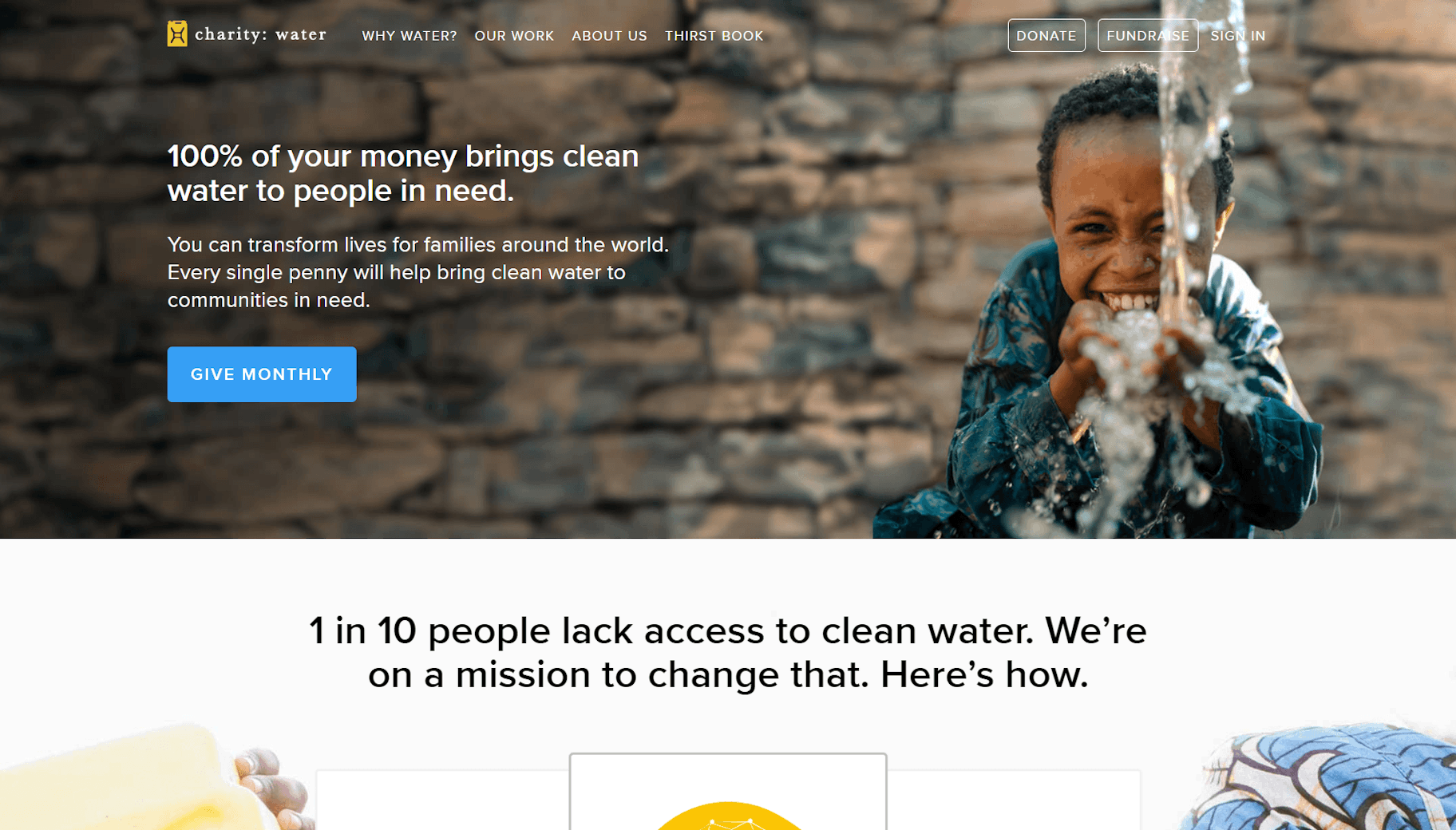
The non-profit organization charity: water is dedicated to providing communities around the world with clean drinking water.
The company’s leaders state that they believe they can end the water crisis during our lifetime. Above the scroll of the website, you see a headline that says that 100% of your donations will go to the cause.
This is an example of using their company value proposition to cut straight to the heart of controversy in the non-profit sector. A lot of organizations use donations to cover their operational costs, which can upset some donors when they discover that only a portion of their donation went to the cause.
4. Crossrope
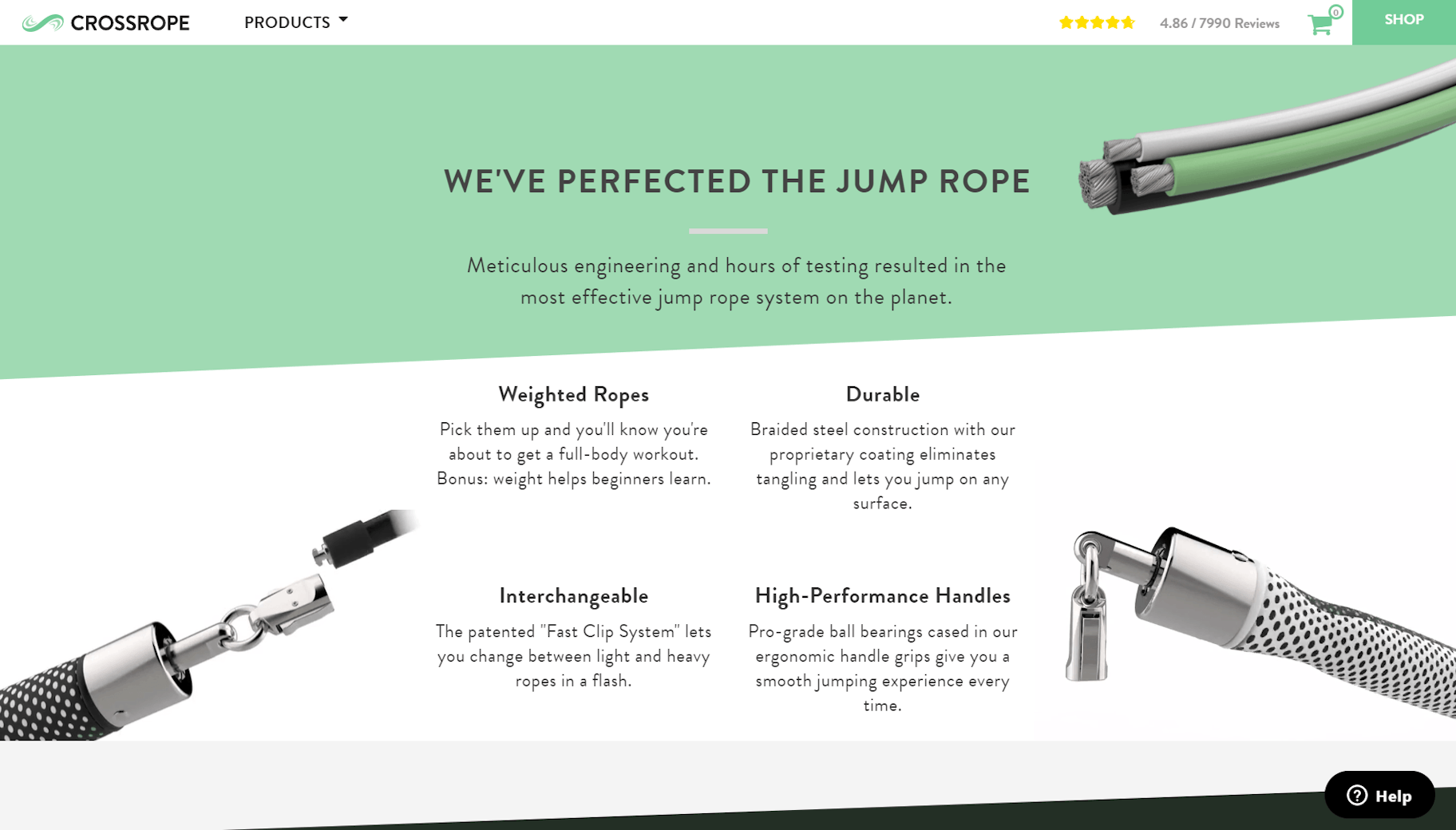
Crossrope is a unique jump rope with a very clear product value proposition. They flat-out say that they’ve perfected the jump rope with “meticulous engineering” and “hours of testing.”
It’s clear that the makers behind the Crossrope have put a lot of work into it, and they clearly explain the elements of their design that make these workout tools unique and high-quality.
Right below the fold on the homepage, you’ll see four points that support why it’s the perfect jump rope: they’re weighted, durable, interchangeable, and they have high-performance handles.
The company also has clever names for the two types of Crossrope: the “Get Lean” set and “Get Strong” set. These differentiate the two types while clearly stating the benefit for the customer.
5. Evernote
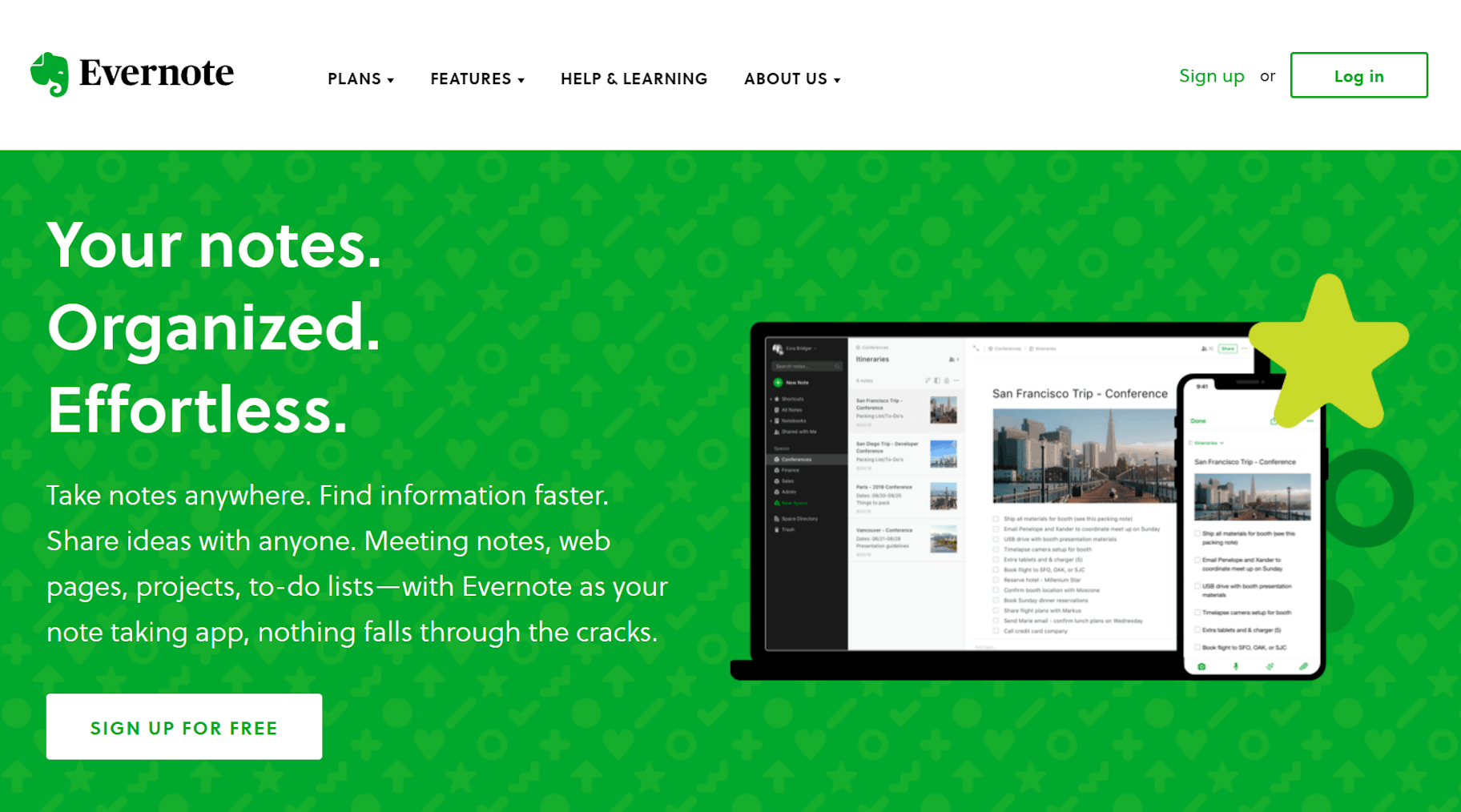
Everyone is busy. Evernote’s homepage showcases right off the bat how it can help save you time and boost your efficiency on a daily basis.
It immediately speaks to the key desires of their customers, which include things like effortless organization, taking notes anywhere, sharing them with anyone, and finding all of their information faster.
Anyone with their notes scattered around various physical notebooks, emails, and Word docs can attest that this is an inconvenient problem, which makes Evernote’s promises all the more appealing.
Plus, the call to action (CTA) button brings you straight to a free signup, which is extremely useful for proving value in the face of competitors.
6. ClassPass
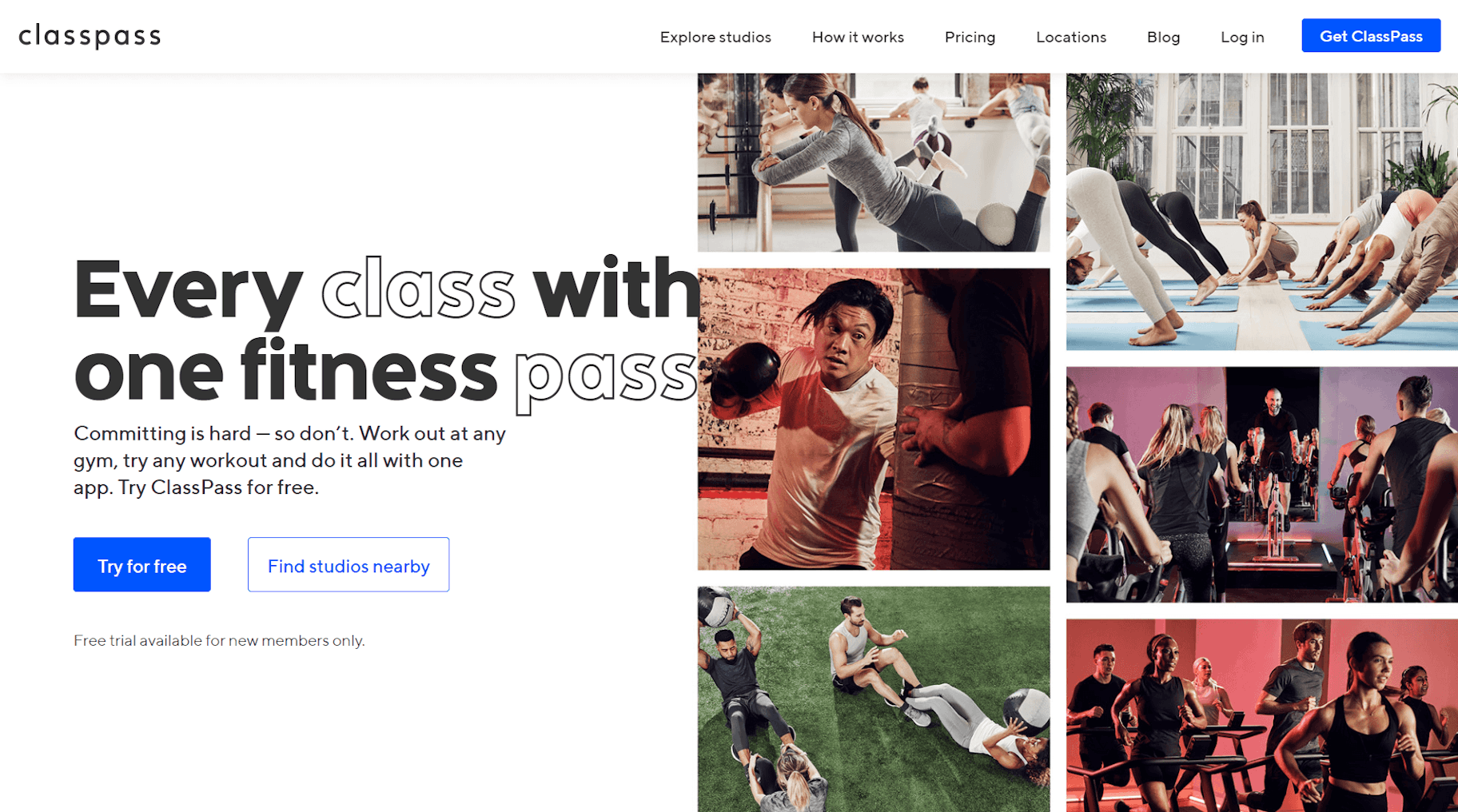
Above the scroll on the company’s homepage, ClassPass swiftly gives you the key benefits of their business model:
- There’s no need to commit to a single gym or type of workout
- You can choose any gym or workout directly through the ClassPass app
This tool fulfills a specific niche in the health and fitness industry, which is that some people find it inconvenient to limit their fitness options to a single location or type of gym or studio.
Sometimes you just wanna take a Krav Maga class on Monday and a Bikram yoga class on Wednesday. And no one’s judging you for that.
As you scroll down the homepage, you find more juicy benefits and unique selling points like the ability to save on drop-in rates and the ability to stream classes from home for free.
7. hardgraft

Hardgraft has a beautiful website that showcases everything that it promises it’s about: “luxury lifestyle accessories with down to Earth aesthetics.”
The headline also notes that the company is “driven by instinct,” which suggests that the products are a natural extension of the lifestyle they cater to.
It instills confidence in the reader by saying something like, “Relax, we’re experts. We’ve got this.”
This is a good example of a brand value proposition that’s short, but extra sweet – too many words here would probaby lessen the luxurious image they’re after.
8. Crazy Egg
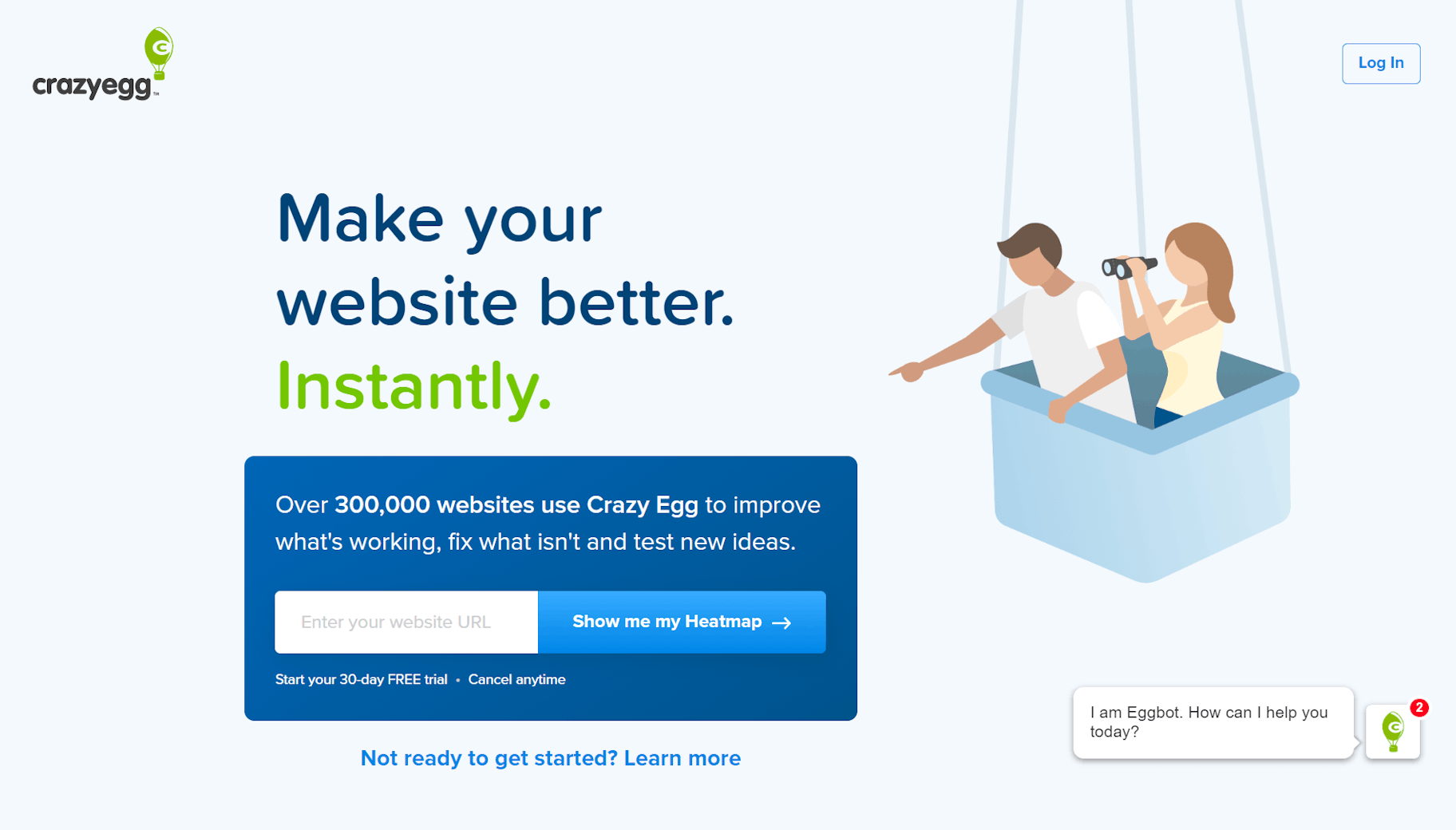
Crazy Egg is a website optimization platform that offers heatmaps and A/B testing.
Above the scroll on the homepage, the website says that you can instantly make your website better.
I don’t know about you, but that strikes me as a pretty enticing offer.
Of course, you’ll need to be sure that you’re putting your money where your mouth is when you make a bold claim like this – which is what Crazy Egg goes on to do.
The next line says that over 300,000 customers use the platform, and how they make their websites better (improving what’s working, fixing what isn’t, and testing new ideas).
This follows right into the ability to get a 30-day free trial to see for yourself.
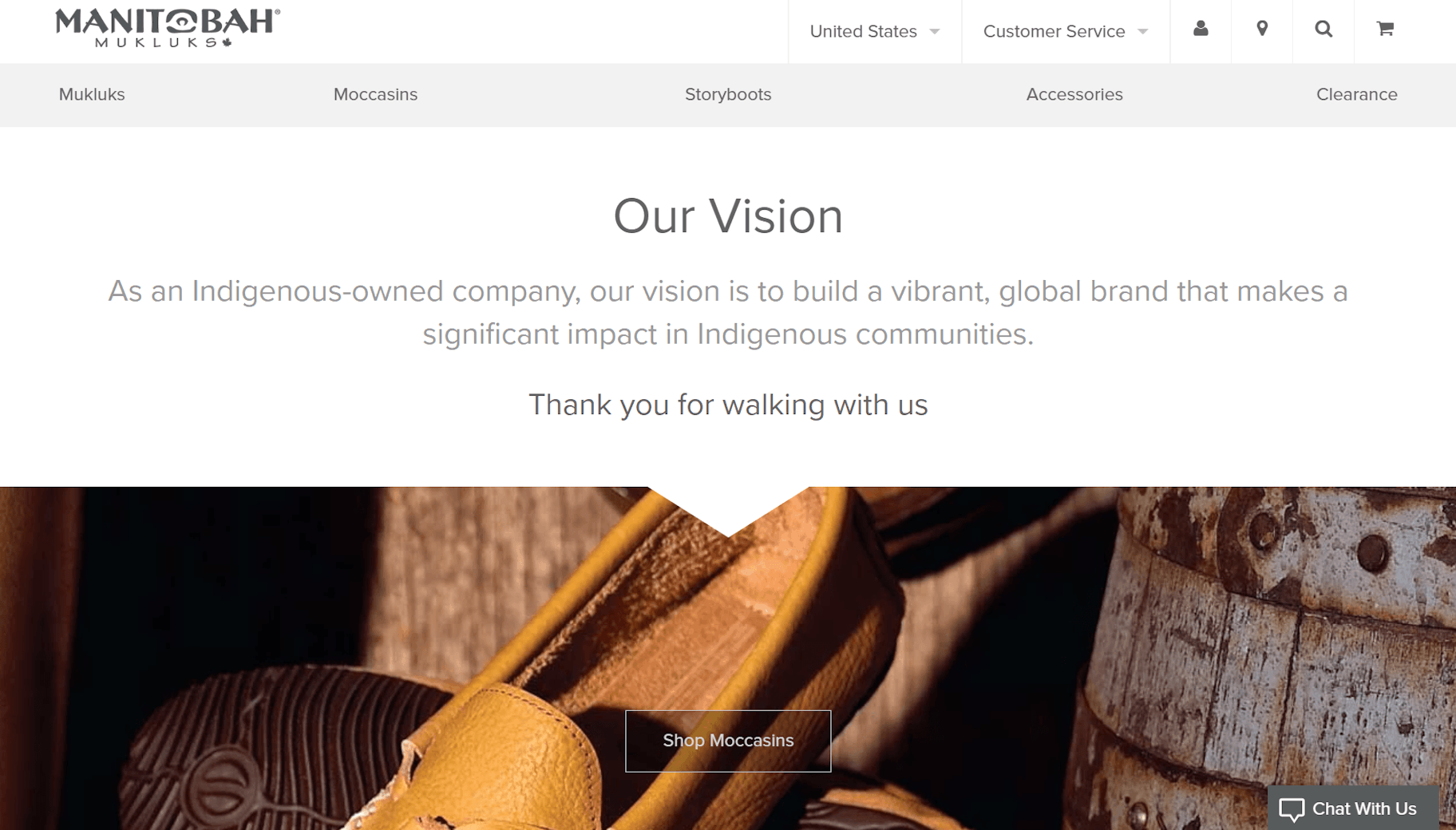
Manitobah Mukluks has a more purpose-driven story and brand value proposition than many other ecommerce stores.
On the homepage of the website, you’ll learn that the company is Indigenous-owned, with products that are handmade by Indigenous artists who receive 100% of the proceeds.
The company states its vision above the scroll, which is to build a vibrant brand that impacts Indigenous communities.
Throughout the website, the team at Manitobah Mukluks does a great job of weaving the stories of their ancestors throughout the brand’s products.
It’s building a more intimate relationship with visitors, and appealing to those who want to feel more connected and contributing to the brands they choose to do business with.
10. Mailchimp

If you’ve never heard about Mailchimp, it’s a popular all-in-one marketing platform that had a humble start as an email marketing platform.
After it exploded, it expanded into a full-service marketing company.
Above the scroll of the homepage, Mailchimp shows its key customer value proposition of helping businesses scale and grow.
As you scroll down the homepage, you see four key benefits that the platform offers for growing businesses, with the option to click each one for more information.
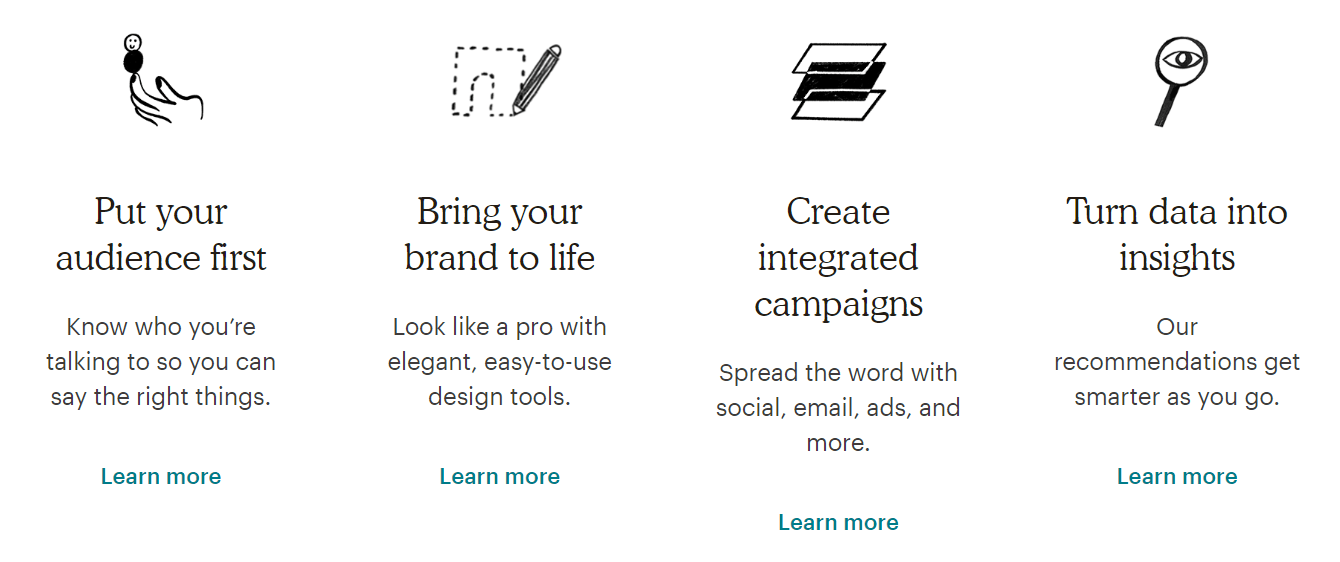
The company goes a great job of addressing the needs of a growing company while clearly showing how it can help fulfill those needs.
Now that you’ve seen some juicy value proposition examples, let’s go over a few tips for writing a value proposition for your own brand.
Tips on How to Write a Value Proposition
-
Clarify the purpose and vision of your company
If you want to create an effective value proposition, you need to identify who you are and why you’ve set up a company in the first place. The easiest way to do this is by documenting your:
- Mission statement, which explains why your business exists
- Vision, which includes the current and future objectives of your business
- Core values, which are the key principles that guide and direct your company and its culture
This simple measure will help you define your value proposition with better clarity, which is crucial to creating a more powerful identity for your business.
-
Research your audience
Your value proposition isn’t written to appeal to you. It’s written to appeal to the audience you want to do business with. It is, therefore, crucial to understand who your buyers are and what motivates them. This can be done with the help of interviews.
You can interview your existing or prospective customers about:
- What companies they like
- What they look for in an industry-specific product or service
- What type of language resonates with them
This research will help guide the language and voice you’ll use to communicate with your audience.
-
Conduct a competitive analysis
Your interviews with existing or prospective customers may reveal other companies they’ve worked with before discovering your business. Analyze those businesses and figure out whether they’re in competition with your firm.
If the analysis reveals any potential competition, consider using your value proposition to communicate how and why you’re different from other similar businesses.
Examples of differentiators include higher quality, better service, and cheaper or faster shipping.
-
Jot down the benefits of using your solution
Consider what challenges or pain points your customers have and how you are addressing those problems. Think about both the practical and psychological benefits your solution provides.
For example, if you’re a property management firm, you aren’t just buying and selling real estate on behalf of your customers. Hopefully, you also offer specific advice that makes them feel their money is safe and well-invested.
Reiterating exactly how you can make people’s lives better and more fulfilling will help you guide your value proposition clearly.
Whether you’re on track to becoming a million-dollar company or you’re the proud owner of a startup, taking these measures will help you put together a compelling value proposition every time around.
A Strong Value Proposition for a Strong Business
In the wide world of business – especially ecommerce – you only have a sliver of time to prove that you’re worth a customer’s attention, let alone worth their hard-earned money.
When it’s clearly defined and clearly communicated, a customer value proposition can be the make-or-break between winning a customer over and falling into obscurity.
What makes you so great? Why are you the better choice over all the others? Customers need to know these answers ASAP, and a strong value proposition is one of the best ways to do so.
Whether you’re just starting a new business or looking to improve and strengthen your existing business, take some time to think critically about the value that you provide your customers and how you deliver that value.
Do you have any favorite value proposition examples that we didn’t discuss? Let us know in the comments below.






